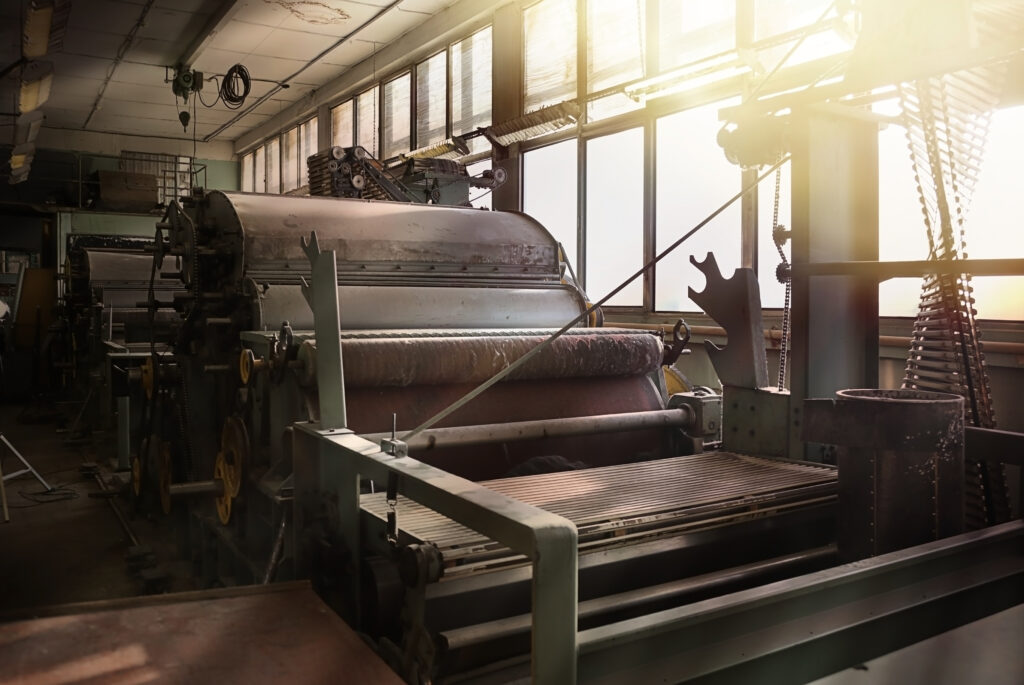Introduction: Textiles were so crucial to the development and survival of Greenville County, SC. However, for the small town of Greenville, they reshaped its future. After the Civil War, so much changed. If it was not the need to rebuild, it was taxes no one could pay. Sharecroppers were hit the worst and barely survived. They had always been self-sufficient, but it was now essential to have cash to survive. Taxes were higher, and the family farm struggled to provide. There is a story I was told growing up about how my great-grandmother left the farm when they took her cow for taxes. She walked down the mountain to Taylors, South Carolina, and got jobs at the Southern Bleachery, a house in the mill town, and a store for milk. Compared to her former hopeless life, she found a way to improve the lives of her family with twelve children. Her story is not unique; many families choose to leave the life of sharecropping and move to Mill Town. Working in the textile mill was harsh, but it offered stability that farming did not. There are many layers to this story, some contradicting. Nevertheless, it offered salvation for the families that came to the mill for a new life and hardship. They faced “The regimen of the mills, requiring operatives to stand elven hours a day, breathing heated, impure, and dusty air.” (Carlton 1982, 129) Not only were conditions bleak, but children under twelve labored under the same conditions. This website was created as I learned more of the story of the mill folk and gained an understanding of how much they endured and loved and how much family meant to their sustaining strength.
